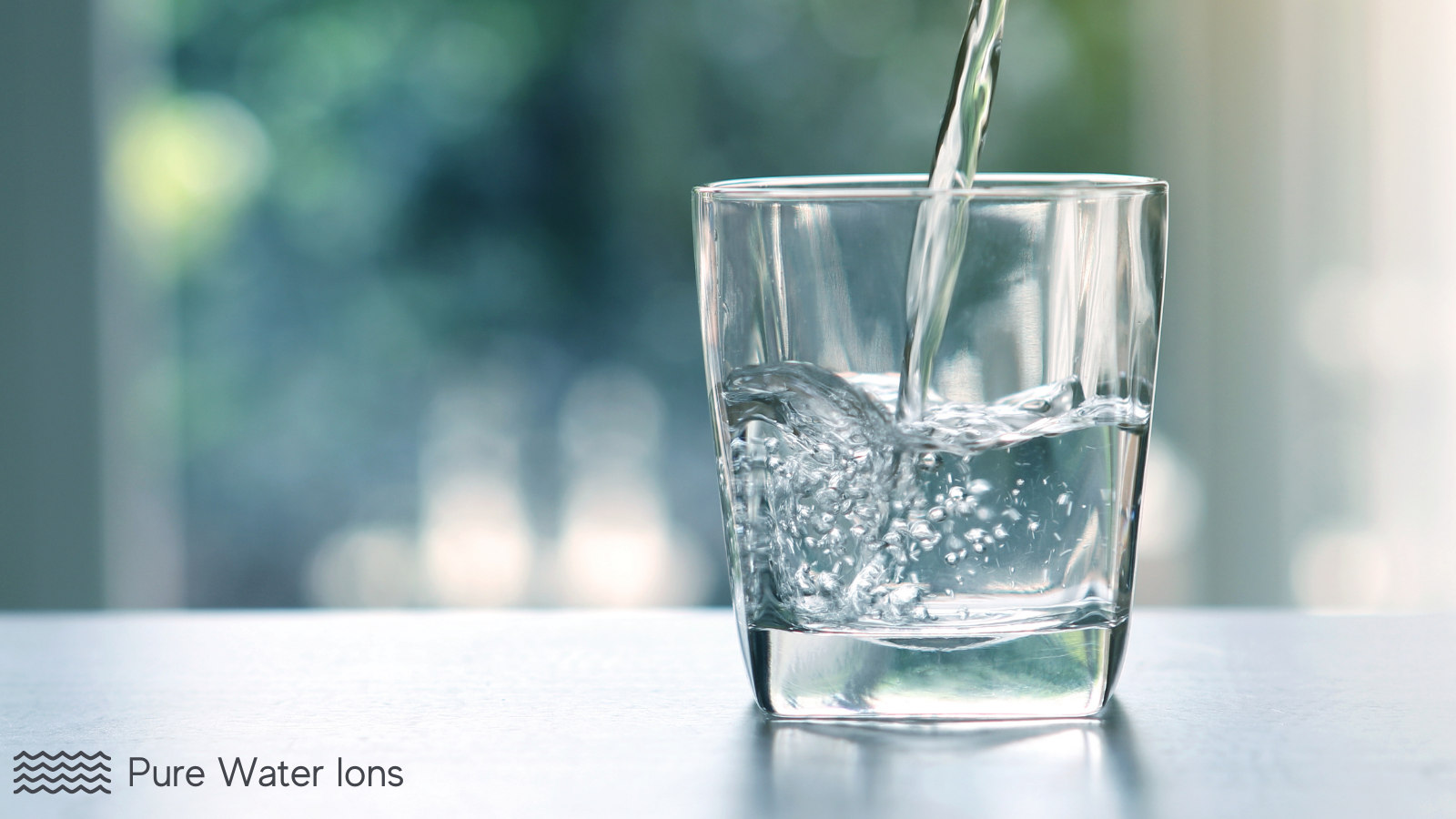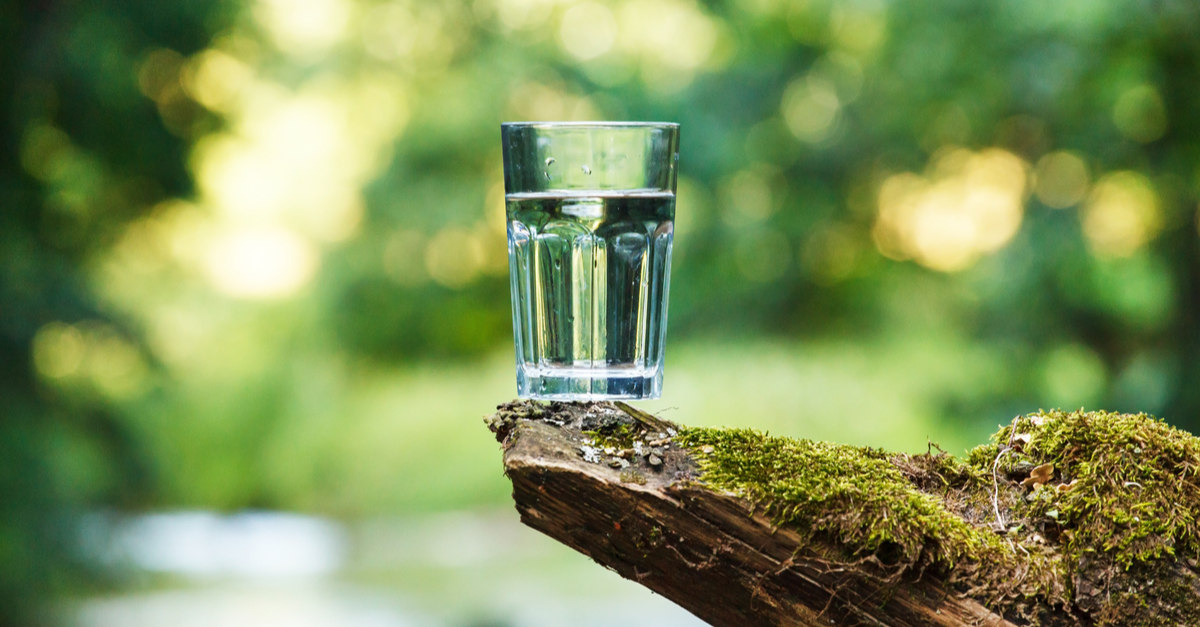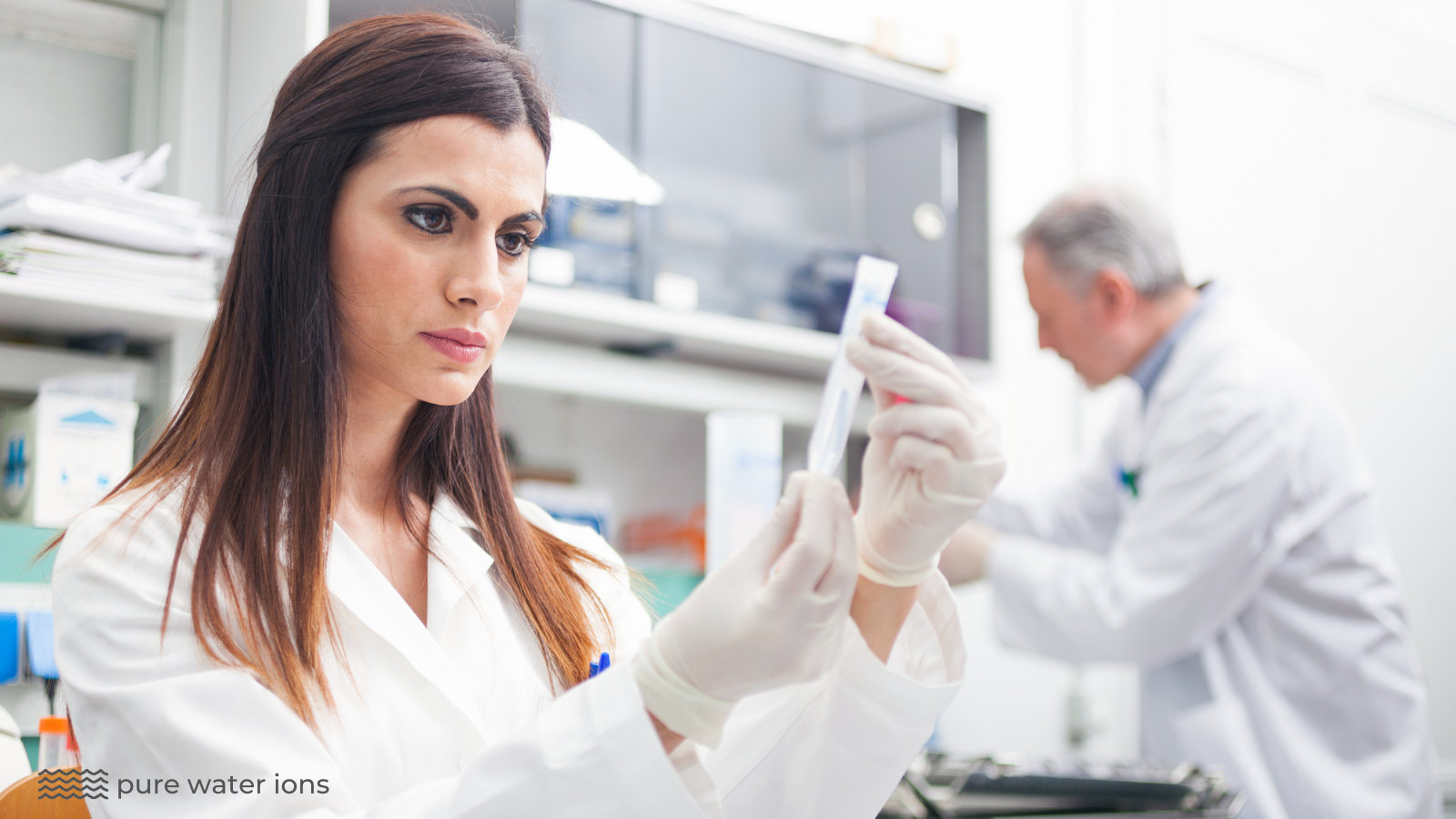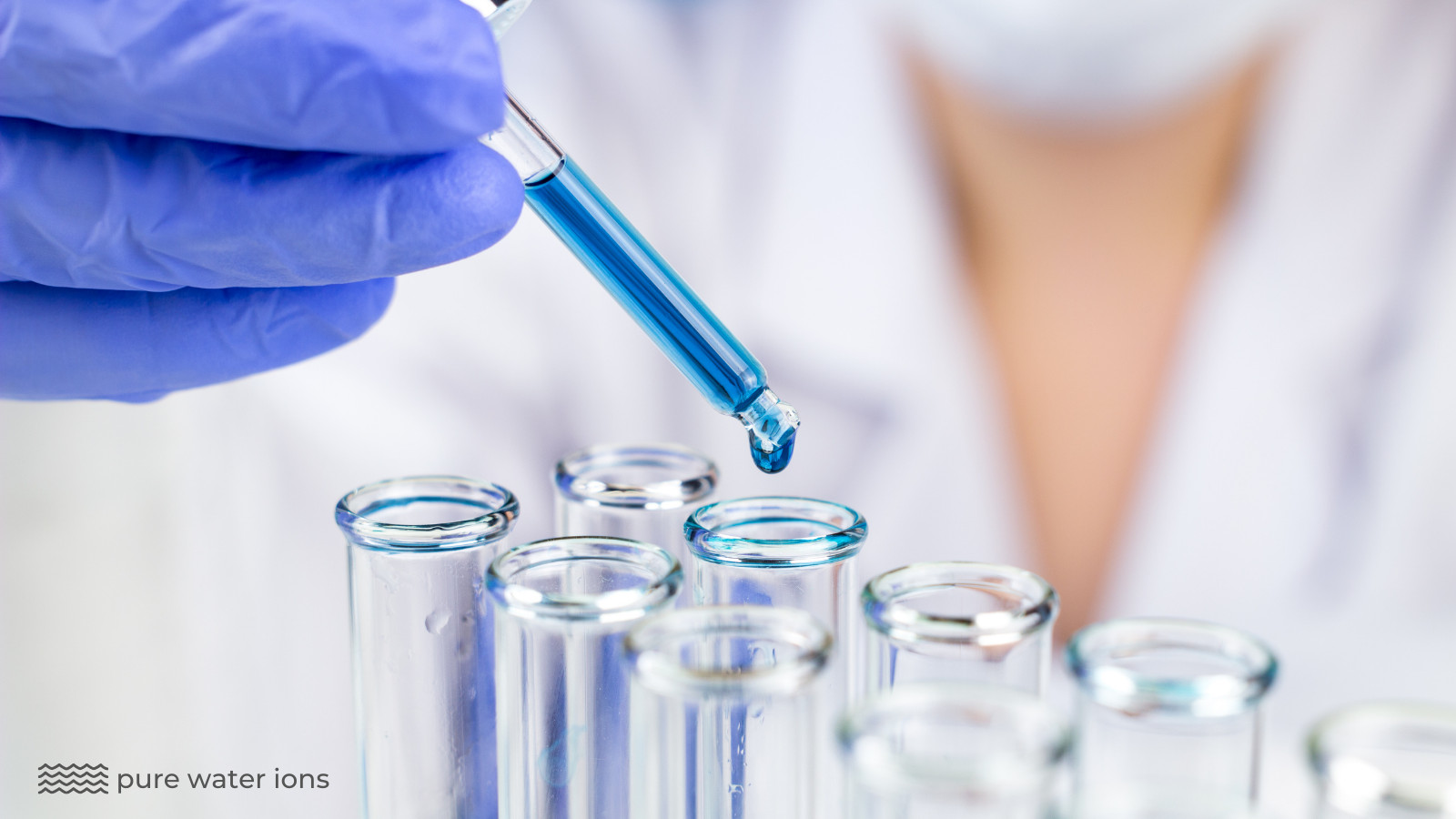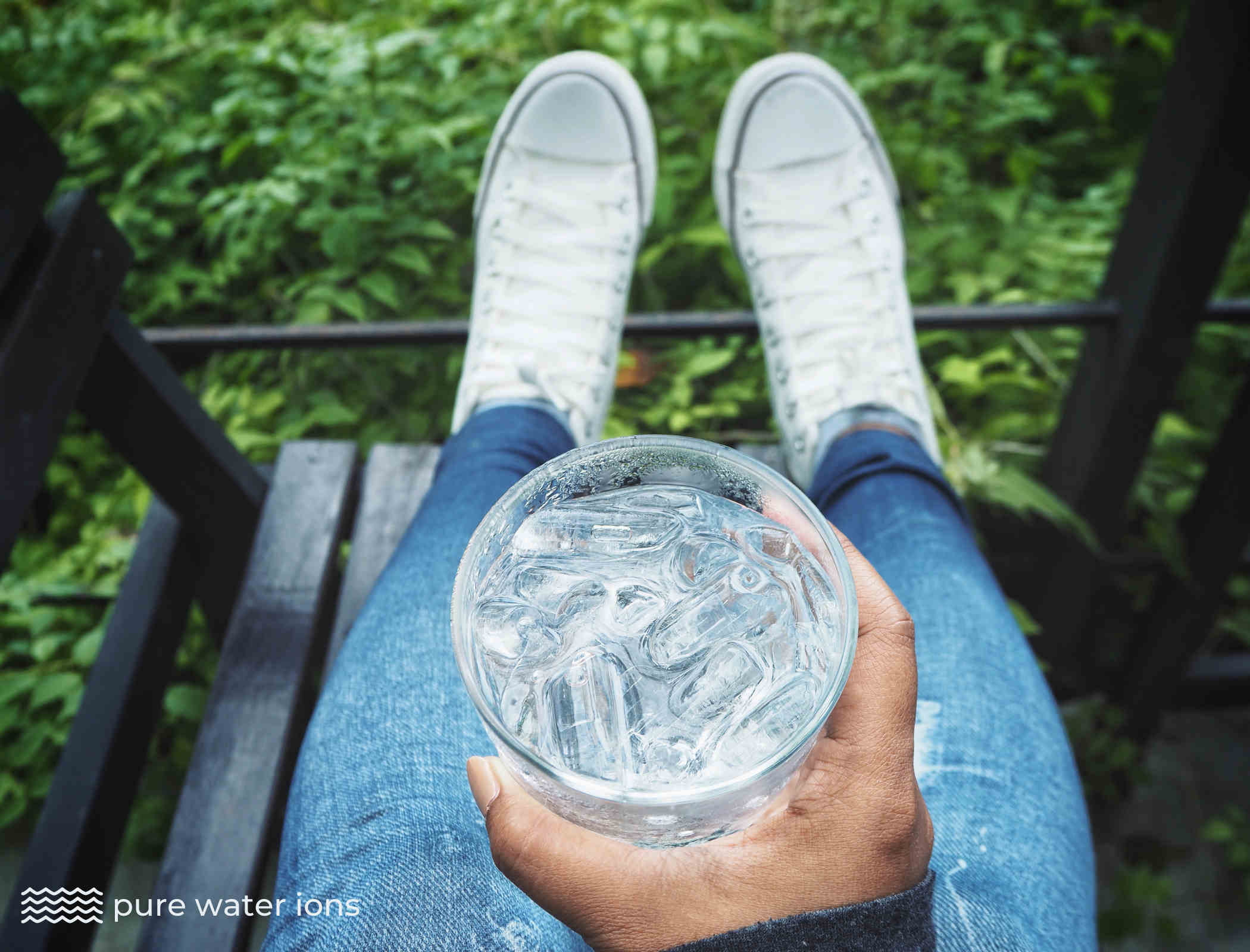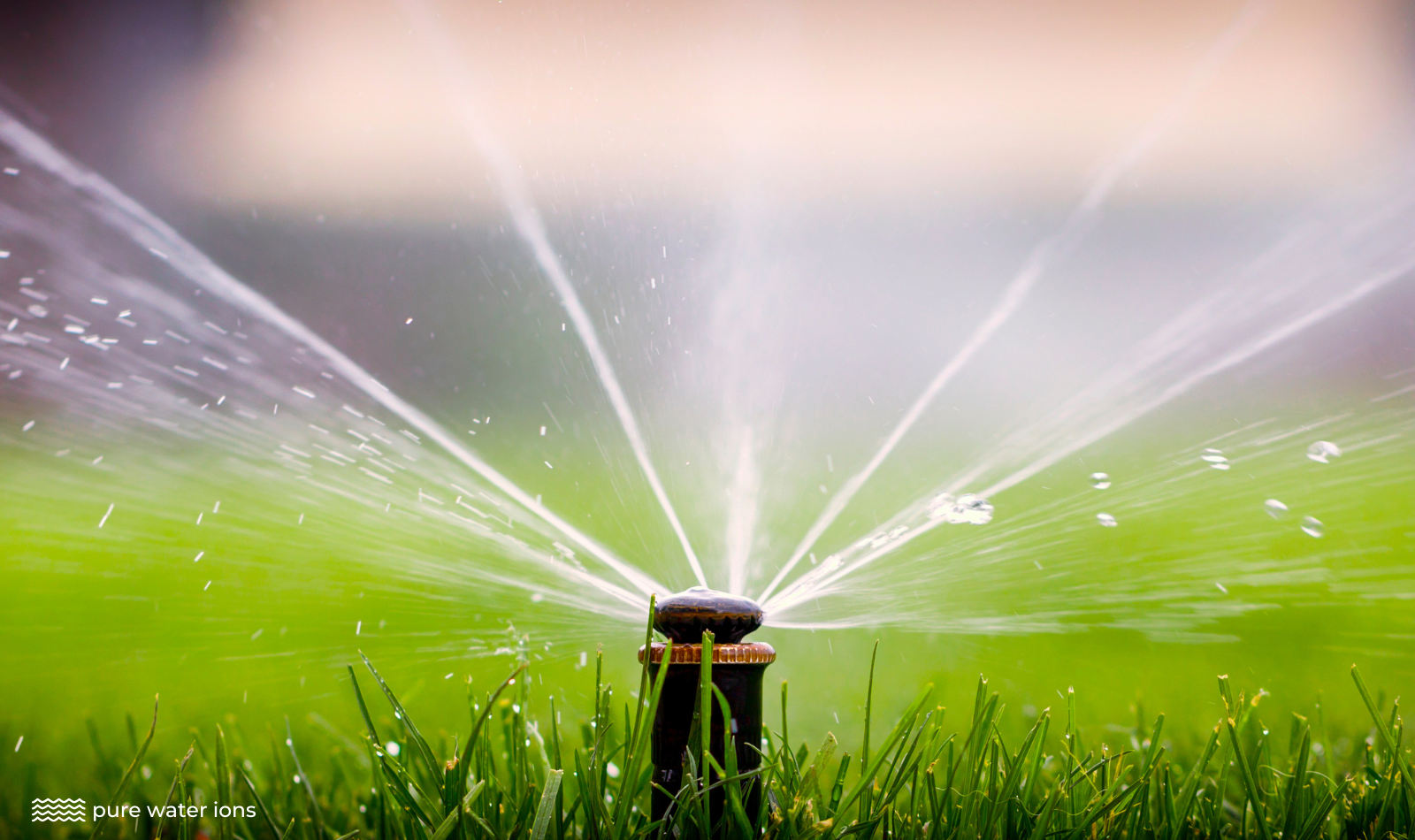
The best time to water grass is in the morning before 10 am. At this time the air temperature is cooler, the sun is not yet high in the sky, and winds tend to be calmer. This allows time for the water to soak into the soil and be absorbed by the grass without being evaporated. Below we cover everything you need to know about when’s the best time to water grass.
Water Needs to Soak Into the Soil
Watering early in the morning has two advantages. It allows plenty of time for the water to soak deep into the soil before it begins to evaporate in the midday sun. And, it allows the grass time to dry and helps prevent fungal infection – more on this below.
Water Deeply & Infrequently
To keep your grass healthy and well watered you should aim to water anytime between 4 am and 10 am in the morning. You should also water deeply and less frequently. This means you should add plenty of water less frequently rather than watering a little more regularly. Deep infrequent watering encourages grass roots to grow deeply in search of water.
How to Avoid Grass Fungal Disease
Watering in the morning also allows time for the grass blades to dry during the day. This helps prevent fungal infections that can damage the grass. Watering grass in the evening or at night is not a good idea.
This does not allow enough time for the grass to dry. Air temperature begins to drop in the evening and if the grass is wet it may remain wet throughout the night until the next day. And, wet grass can lead to nasty fungal diseases.
When’s the Second Best Time to Water Grass?
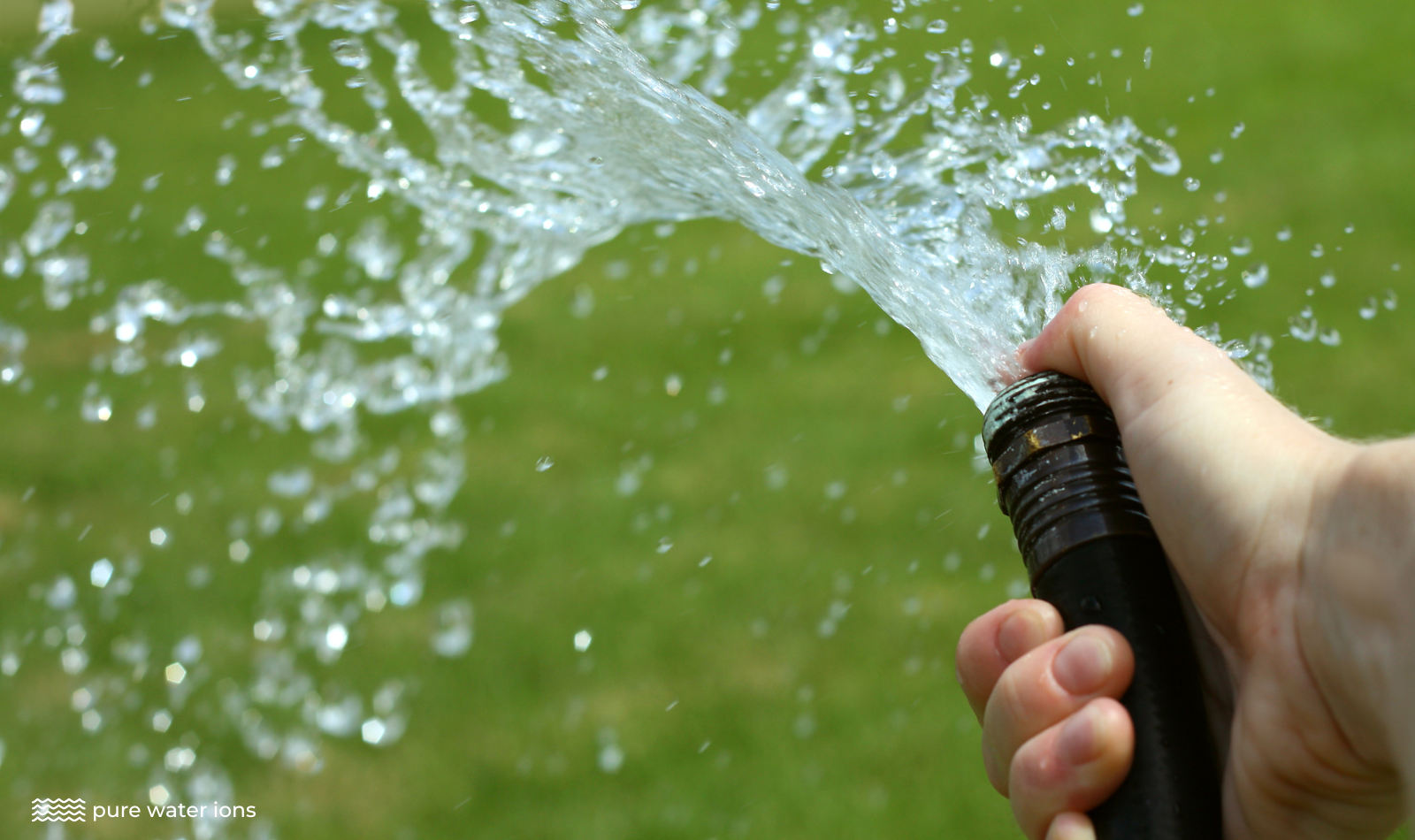
If you can’t water your lawn before 10 am, when is the next best time to water? The next best time to water is between 4 pm and 6 pm. This avoids the hottest part of the day when most of the water will be lost to evaporation. And, it allows time for the grass to dry before night kicks in. Don’t water your grass after 6 pm as this will not allow enough time for the grass blades to dry and leave them prone to infection and disease.
How Much Water Should You Use?
Most lawns need about 1.0 to 1.5 inches of water per week. The best approach is to apply the water in either one or two sessions over the course of the week. Watering any more regularly than this stunts the growth of the grass roots as they do not have to dig deep into the soil in search of water.

How Do You Know When to Stop?
How do you know when you’ve applied enough water? Let’s face it, you will not be able to measure out 1.0-1.5 inches of water as you water your lawn. So, an easy of knowing if the grass has received enough moisture is to test the soil it is growing in.
Get a dry stick and push it into the soil until it is at least 8 inches deep. Then slowly withdraw it and measure the depth of moisture on the stick. If the stick shows signs of moisture between 6-8 inches of depth – you’ve added enough water and it’s time to stop.
How Many Times per Week Should You Water?
The best approach is to water your grass – once or twice per week. Infrequent deep watering is better for the grass than regular shallow watering. By watering the grass less regularly you encourage the roots to grow deep into the soil in search of water.
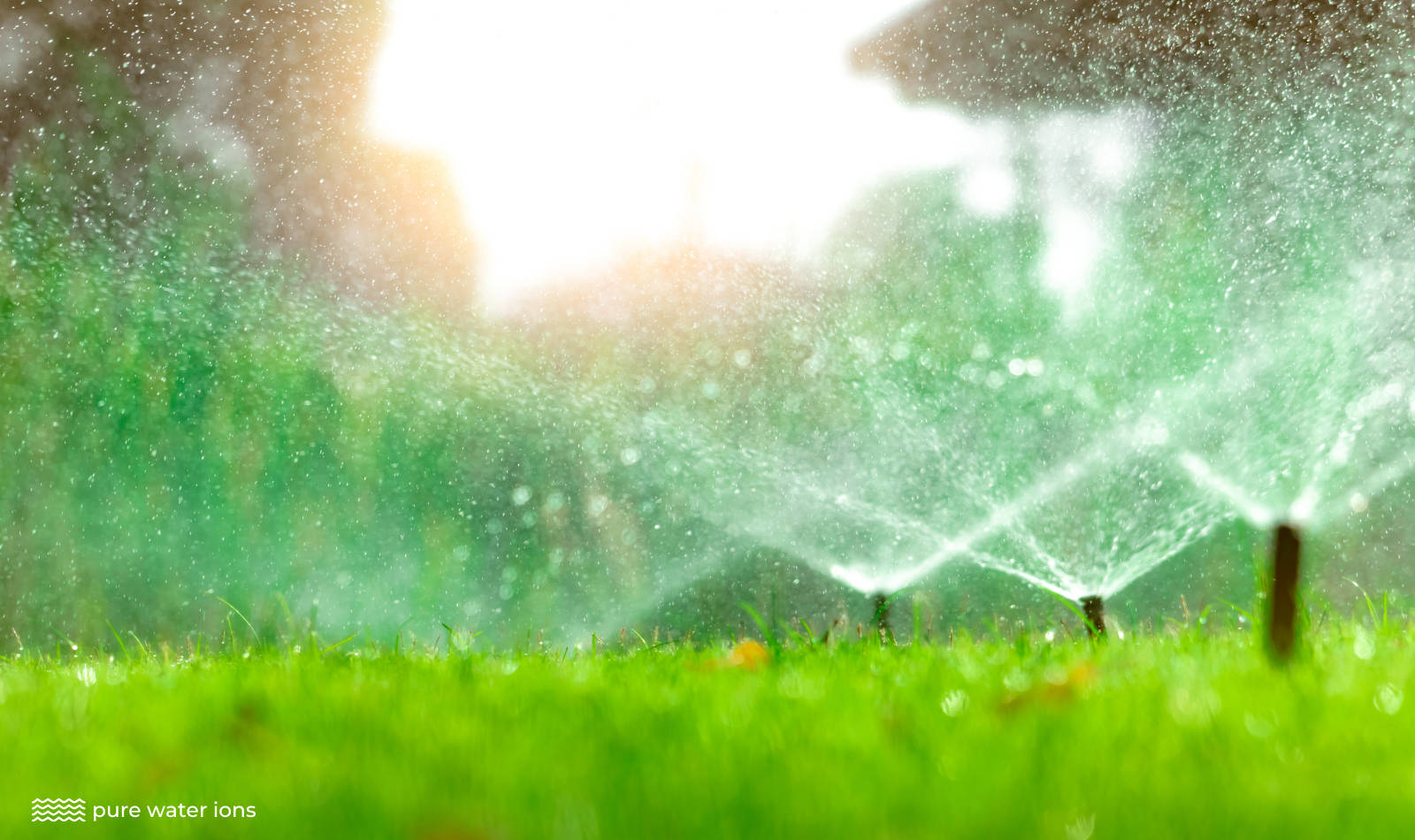
This results in stronger, healthier grass. Regular shallow may appear more caring but it can stunt the development of the grass. For best results, add plenty of water once or twice every week – early in the morning.
READ NEXT
How Much Water Evaporates From a Pool?
What Heavy Metals Are in Tap Water?
How Many Gallons of Water Can a Camel Drink?
What Water Does a Goldfish Need?
What’s the Best Time to Water Grass in the Summer?
The best time to water grass in the summer is between 4 am and 10 am. This gives the water time to soak into the soil and become available to the roots of the grass. You should avoid watering grass after 10 am during the summer as this will be the start of the hottest time of the day. Wait until it cools down.
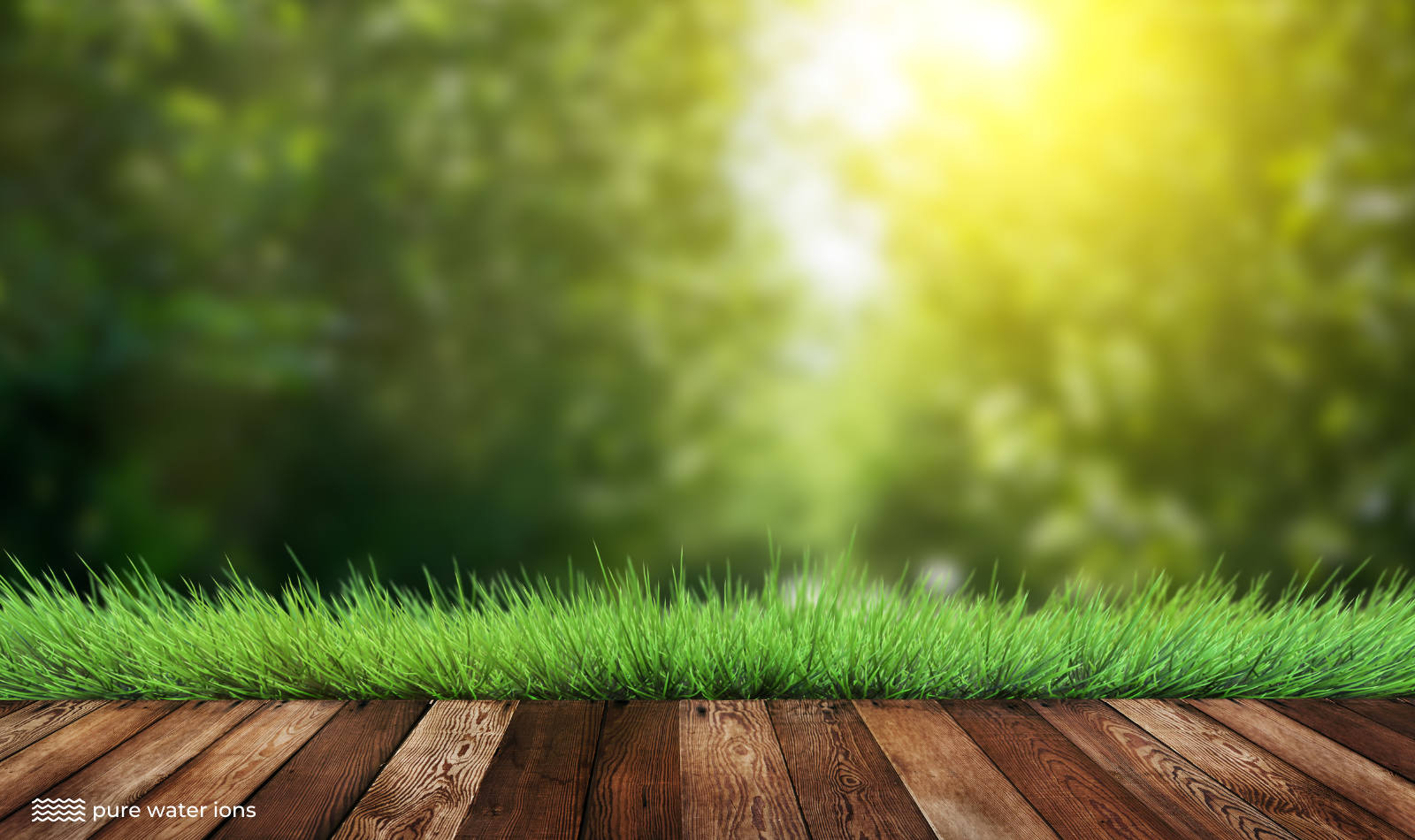
When the air temperature rises and the sun is high in the sky evaporation becomes an issue. Under these conditions, a lot of the water is lost to evaporation as it rises into the air as water vapor. It just doesn’t get a chance to soak down into the soil.
If you are unable to water your lawn before 10 am during summer months, wait until after 4 pm. This is when the day begins to cool down and the sun lowers in the sky. There is a window between 4 pm and 6 pm you should aim for to water your lawn. However, if you miss this window wait until the next day. Do not water grass after 6 pm.
How Do You Know If Your Lawn Is Getting Enough Water?
What are the telltale signs that a lawn is not getting enough water? When covering ‘when’s the best time to water grass’ – we need to be able to tell if grass is getting enough water. The good news is, it doesn’t take an experienced gardener to figure out if a lawn is not getting enough.
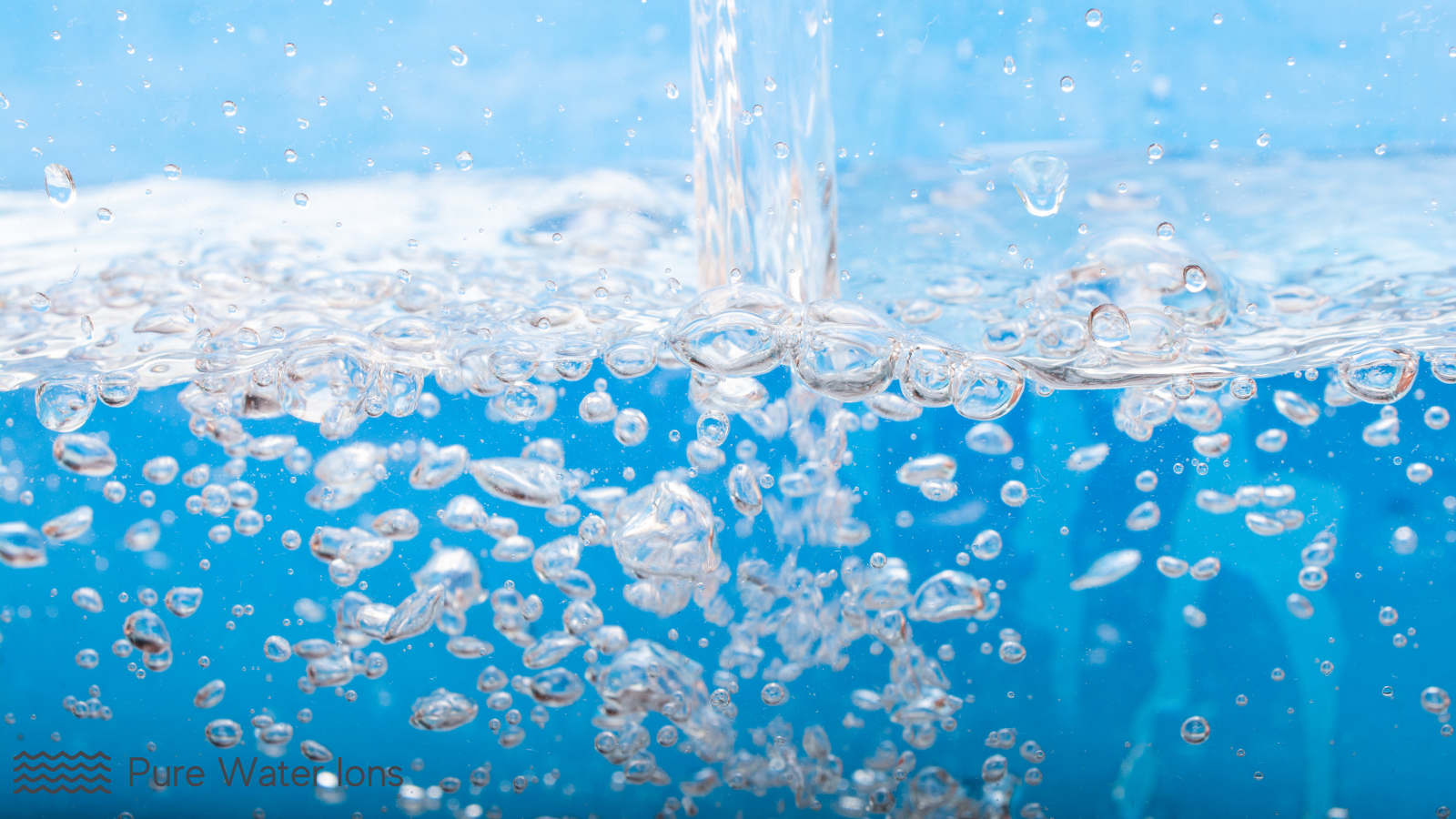
There are some very simple signs you should look out for that will tell you your grass is feeling thirsty. First up, has the lawn lost some of its lush green color? If the grass turns a less vibrant shade of green this is a clear sign the lawn is in need of some water. Another indicator is curled-up grass blades.
When grass blades become dehydrated they begin to curl up and have a dry and husky appearance. And, a final sign that grass urgently needs water is if it loses its springy nature. If you walk across the grass and it doesn’t bounce back into position as you lift your foot then you need to get the hose or the sprinkler out – it needs watering.
RELATED

